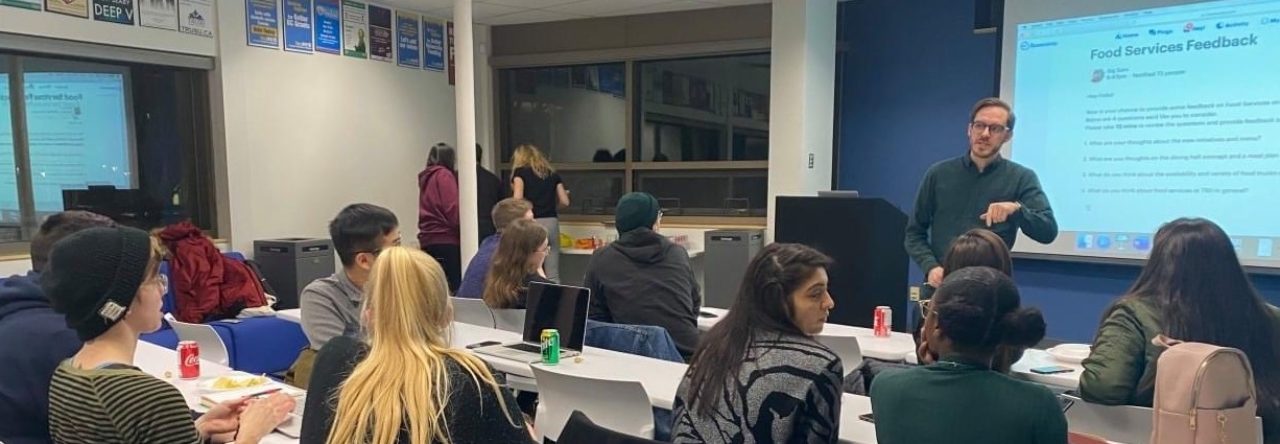I observed a video of a lesson in an intermediate class in a Chinese school. The class consisted of between thirty and forty students in sixth grade so likely around twelve years of age. The focus of the lesson was speaking and listening based on the topic of holidays and using the past tense.
This lesson was a review of content previously taught, which meant that the type of engagement from the students was limited. I found the teacher was made the lesson enjoyable and interesting, provided clear instruction, and had strong classroom management skills, but the lesson plan itself was limited. Too much of the lesson consisted to teacher-talk and choral response. There was only one example of individual production, and it was limited to reciting set phrases rather than full sentences and without choice or creativity. There was also only one example of pair work at the end of the video where students could discuss their own holidays. I think this lesson missed an opportunity to engage students in more creative production given the content was a review and students demonstrated a strong grasp.
Overall, this lesson provided good examples of teacher behaviours that I would like to incorporate, such as personalizing the lesson and speaking clearly with the aid of gestures, and also serves as a reminder not to get too comfortable with the same activities or patterns in the classroom.

